Boston Children's Museum
308 Congress Street, Boston, MA 02210
617-426-6500
© Boston Children’s Museum 2025
Website Design by Jackrabbit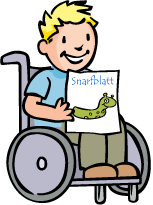
After being outside a few times, kids will know a lot more about the characteristics of the living things that inhabit their afterschool neighborhood. Focusing on what living things need (food, shelter/protection, methods of gathering food, etc.), this activity asks kids to invent a brand new creature that would be able to survive in the area around their afterschool. In the next activity, they have a chance to construct their new critter out of recycled material.
VIEW ACTIVITY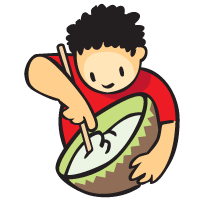
Most children only have a basic understanding of their own bodies, and they often have little choice about what they are served at meals. At the same time, these children are just becoming acquainted with a variety of foods. The more opportunities children have to think about what they eat, be curious and adventurous in trying new foods and begin to take responsibility for their own lifestyle choices, the more likely they are to make healthful choices when they do get to decide what fuel they are putting into their bodies. In this activity, children will have a chance to create their own recipe for a dip that they will use to enhance the flavor of fruits and vegetables.
VIEW ACTIVITY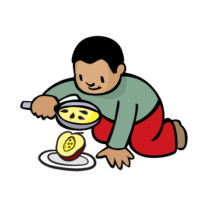
Most children only have a basic understanding of their own bodies, and they often have little choice about what they are served at meals. At the same time, these children are just becoming acquainted with a variety of foods. The more opportunities children have to think about what they eat, be curious and adventurous in trying new foods and begin to take responsibility for their own lifestyle choices, the more likely they are to make healthful choices when they do get to decide what fuel they are putting into their bodies. In this activity, children will learn how to read about the nutritional information for some of the foods they already eat. Learning to read these labels is one of the most helpful tools we have in gaining control of our eating habits.
VIEW ACTIVITY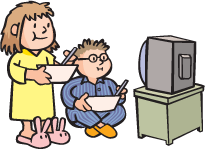
Most children only have a basic understanding of their own bodies, and they often have little choice about what they are served at meals. At the same time, these children are just becoming acquainted with a variety of foods. The more opportunities children have to think about what they eat, be curious and adventurous in trying new foods and begin to take responsibility for their own lifestyle choices, the more likely they are to make healthful choices when they do get to decide what fuel they are putting into their bodies. In this activity, children will learn how to read about the nutritional information for some of the breakfast cereals they like to eat. Learning to read these labels is one of the most helpful tools we have in gaining control of our eating habits.
VIEW ACTIVITY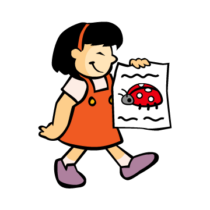
Persuasive writing is a skill that children will learn in school and will need throughout their lives. Writing is very often used to convey an opinion or to convince the reader to honor a request or change their behavior—and advertisers are extremely good at this style of writing. By studying advertisements and then creating their own ads for what at first seems like a tough sell (cute, cuddly bugs), children will not only practice persuasive writing, but they will also grow more familiar with some of the tricks that advertisers use to “lure us in”. In addition, students will learn to use printed materials (books, magazines, nature guides) as important references and will have to study the characteristics of their chosen insect to better understand how to advocate for it. And by focusing on an insect’s positive qualities, children can come to appreciate every living thing as an important part of our ecosystem.
VIEW ACTIVITY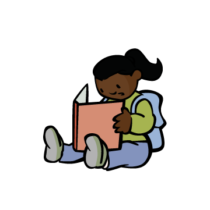
Team storytelling encourages creative writing and practice of written language. It also helps children learn how to write clear sentences and paragraphs that develop a central idea, and how to be thoughtful about the audience and purpose of written material.
VIEW ACTIVITY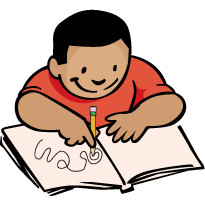
Storytelling encourages creative writing and practice of written language. It also helps children learn how to write clear sentences and paragraphs that develop a central idea, and how to be thoughtful about the audience and purpose of written material. And because this activity requires teamwork, children will have to clearly describe their ideas and work to refine those ideas in order to synthesize their peers’ thoughts with their own in the final product.
VIEW ACTIVITY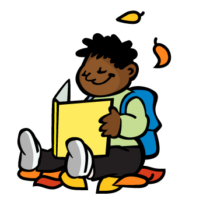
Children will have their own special associations with summer and all that the season brings us. For the Mashpee Wampanoag Tribal Nation in Massachusetts early summer brings warmer weather and the harvesting of some of the first fruits of the year…especially strawberries. Try all of these summer Thanksgiving activities, and you and your students can share in Mashpee Wampanoag traditions and celebrate the strawberry harvest too!
VIEW ACTIVITY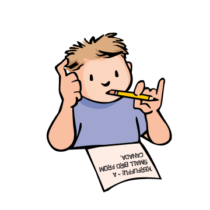
Introducing new words to children is a lot of fun—especially when they get to invent their own definitions. This game gives kids a chance to use language playfully while they develop vocabulary and learn to use a dictionary.
VIEW ACTIVITY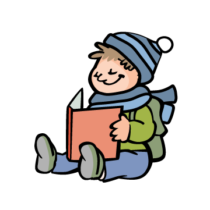
Children will have their own, special associations with winter, including games, holidays, gift giving, etc. In this activity students will learn a little about what winter is like in Wampanoag communities. Try the other winter thanksgiving activity, Hubbub, and you and your students can share in some Wampanoag traditions and give thanks to the animals!
VIEW ACTIVITY